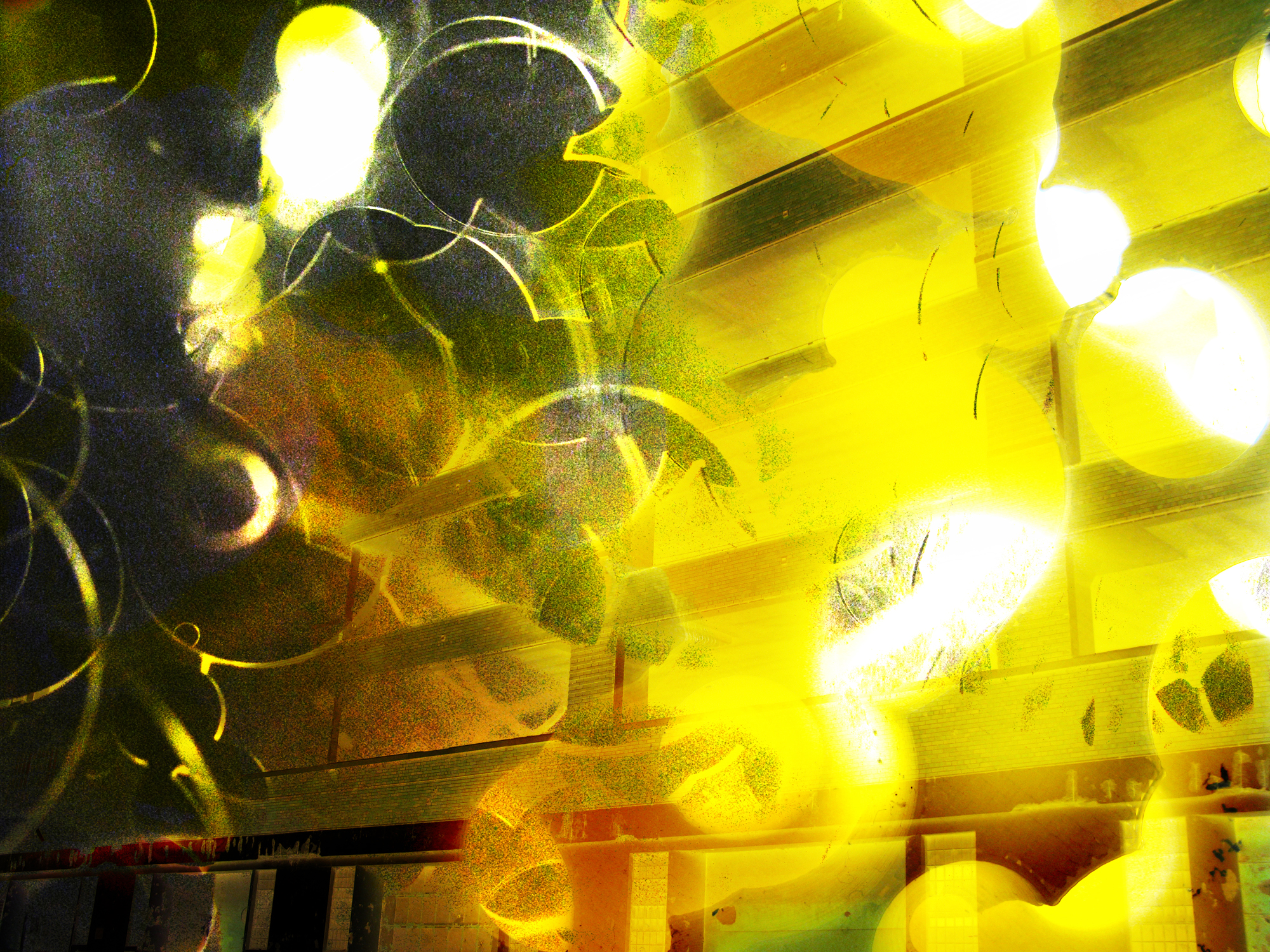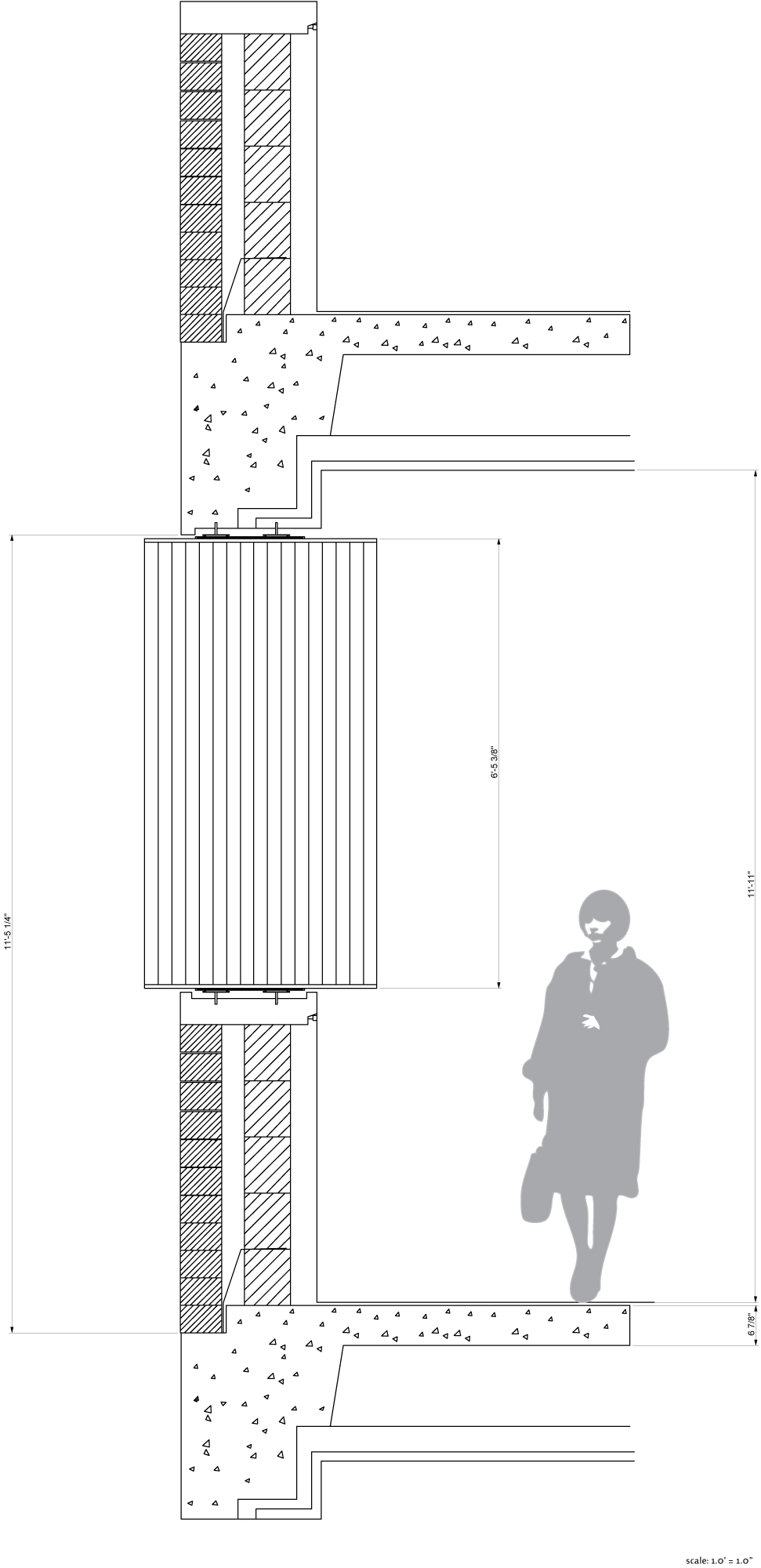To Raise the Dead
will push to create a new whole, a space broken apart through highly authored analogue and digitally authored creations that can serve as the platform for the new inhabitants own wild speculations.
to raise the dead will establish a methodology through which material investigations of both analogue and digital origins aim to interrogate the notion of “Installation” within an industrial ruin in the city of Philadelphia. “Installation” as a technique of both art and architectural production balances on a delicate trapeze living somewhere in the space between site-specific sculpture, happenings, and conceptual and performance art that informs the inquiry into that of architectural installation; the installing of parts comprising a larger whole. through the translation of “Installation” into three architectural categories: barrier / filter, equipment / furnishings, and communicator / skin, these categories of investigation advance the proposition of a transitional space that is occupied by a variety of artisans in a state of emergence. from artists, architects, fashion designers, film makers, metal workers, musicians and engineers who need raw space to translate their own individual visions of productivity from the drawing board to the material world this liminal space of creativity is in need of specific surrounds that can feed the creative animal. these liminal spaces are ambiguous and ambivalent, they slip between the global and the local, between what can be thought of as private and what is public, work and home, between commerce and culture.
through the study of specific precedent studies directly related to “Installation” and their acquired techniques and relevant strategies for implementation the material studies catalogue and build a library of parts that are multi-functional and interrelated. these parts are grounded in the existing structure and the human body and direct their energy towards the relationship between the hand, the limb, and the marrow of the bone as related to the previously established architectural categories. the transformation of the industrial factory space, a space that is thoroughly grounded in the repetition of parts, of function and cells into a wilder breeding ground for mixed interactions and the without end will be harnessed through the implementation of the architectural categories of construction and installation. these parts will push to create a new whole, a space broken apart through highly authored analogue and digitally authored creations that can serve as the platform for the new inhabitants own wild speculations.












































